No Results Found
The page you requested could not be found. Try refining your search, or use the navigation above to locate the post.
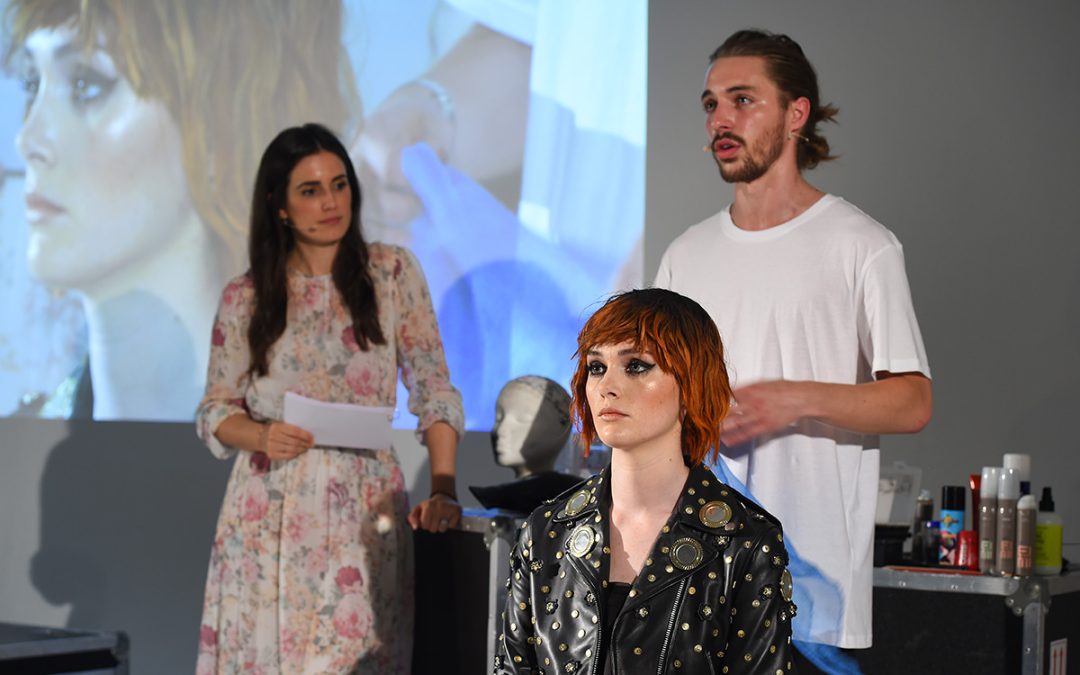
Presented exclusively for The Coterie: In Session in 2017, Joshua Goldsworthy fashioned a copper-rich 90s shag with an 80s punk edge, but the foundations of his look impressed guests just as much. Watch and learn as Joshua whips up a styling sensation – expert wig work included.
A Creative HEAD event in partnership with BaByliss PRO, hosted by Vogue’s Jessica Diner.
Hair: Joshua Goldworthy
Make-up: Tricia Woolston
Fashion: Claudia De Meis
Model: Abbie
Video and production: Sledge
Photography: Andy Lane
Venue: Jet Studios


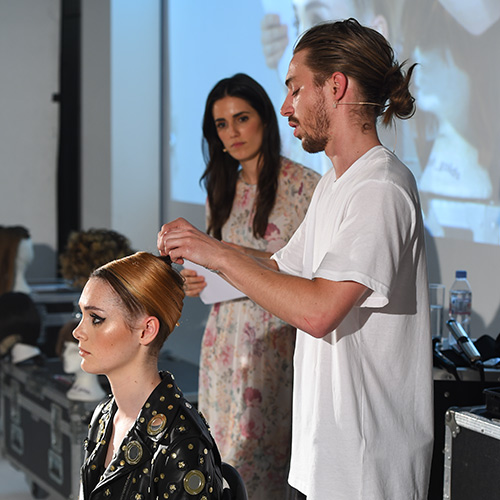
The page you requested could not be found. Try refining your search, or use the navigation above to locate the post.

The debate around AI rages on, but the technology isn’t going anywhere. So, we asked three hair pros from across the industry to share how they have onboarded AI to grow their businesses. Have they encountered some teething problems? Sure. But they’ve made the mistakes so you don’t have to…
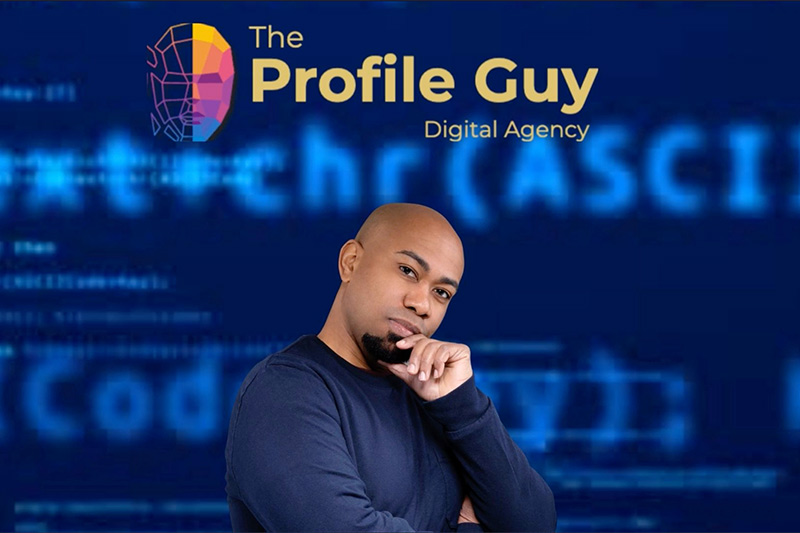
Chris Foster AKA the Profile Guy
How are you using AI for your business?
“On the creative side, AI can serve as a brainstorming tool,” says Chris Foster AKA The Profile Guy, who uses AI as a freelancer. “It can aid with everything from styling ideas to building collections. I’ve used AI to generate mood boards and spark new concepts from my imagination, and it’s been incredibly helpful in expanding my creative horizons.”
ChatGPT may be the most common platform we associate AI with when we think about automation. Sophia Hilton, owner of Not Another Salon in London, has used her social media platforms to be transparent about the business benefits that AI can provide. “We started to use ChatGPT to help one of my trainee receptionists deal with complaints,” Sophia explains. “Since then, I have continued to incorporate it into my business, gained experience using it and created a course on how business owners can write with AI to help them speed up their work.”
Sean Butt, operations manager at Alchemy & I in Berkhamsted, is always looking for ways to unlock innovation and leverage AI to revolutionise the salon, he has used AI tools to generate his answers for this article, which have been tweaked to ensure they sound more personal. “AI isn’t just a buzzword, it’s a transformative tool enhancing every aspect of the salon business,” he says. “From personalised consultations to trend forecasting, inventory management and process alignment and creation, AI serves as a cornerstone of our commitment to excellence.”
To help stylists offer bespoke recommendations for each client, the salon uses the AI algorithm to help stylists tailor recommendations for an enhanced experience. Trend prediction features are also used during consultations.

Sean Butt with Senior Alchemist at Alchemy & I, Amy Lutt
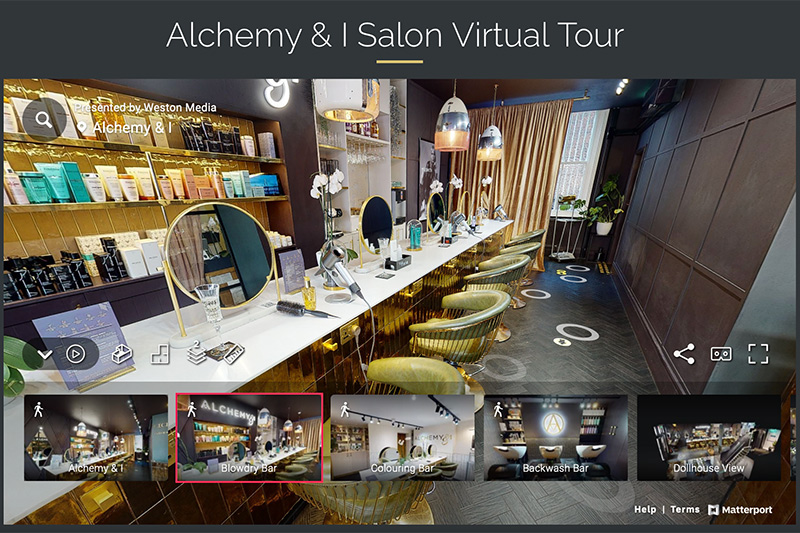
What element of AI would you recommend hairdressers get on board with?
For industry professionals on a mission to enhance the salon experience or elevate their hairdressing business, AI-driven solutions are one of the most valuable recommendations from Alchemy & I. “AI-powered consultation tools and trend forecasting software can revolutionise client interactions and business operations alike. It’s a great investment,” says Sean. “It means we can offer unparalleled personalised experiences, driving customer loyalty and business growth while remaining at the forefront of industry developments, securing a competitive edge in an ever-evolving market.”
For freelancers like Chris Foster, AI is also a great tool for enhancing productivity. “Think of it like the AR filters on social media platforms,” he explains. “AI-powered tools can streamline content creation, making it faster and easier to produce engaging content that showcases your skills and drives traffic to your salon.
From editing videos and audio, to repurposing content into various formats, AI can be a gamechanger,” he adds. “As a creative, it can help you stay on top of trends by selecting the best music and videos for your content and speed up the editing process, ensuring a great user experience. AI has been pivotal to the success of social media.”
Sophia Hilton agrees, having used AI to help with a multitude of jobs as a salon owner. “For self-employed hairdressers and salon owners, writing with AI can be helpful,” she comments. “It can help with anything from website copy and social media captions to using it for reading contracts that you don’t understand. When you’ve never done it, it sounds complicated, but it’s easier than googling something!”
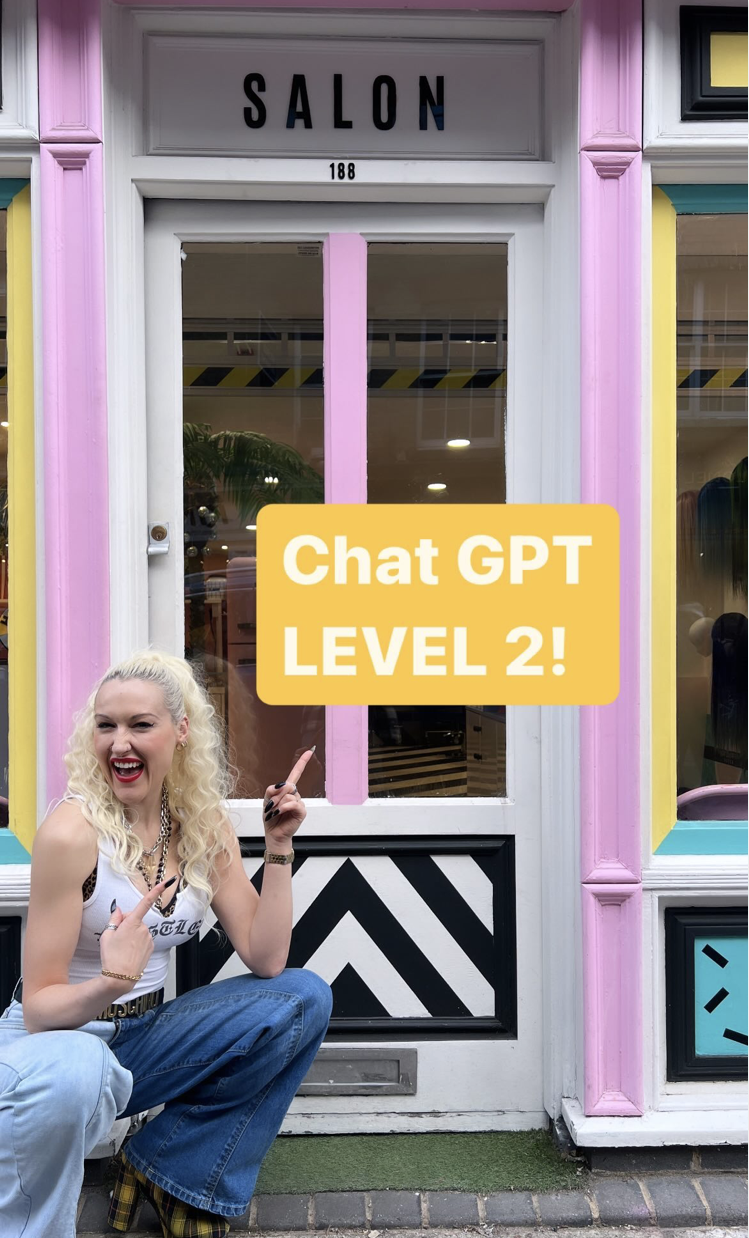
Sophia Hilton
What errors have you made while figuring it out, so others don’t make the same mistakes?
Using an AI platform can make it tempting to input the first thing you think of, but it takes work to ensure its answers sound authentic to your voice. “The number one thing I teach when using ChatGPT or other platforms like that is to make sure that you’re training the programme to sound like you and not copy and pasting some robot-like text,” says Sophia. “It will not take long for the public to see when you’ve been lazy. Taking the time to train it makes it so much more genuine.”
“I initially underestimated the breadth of AI applications, thinking it was limited to ChatGPT,” admits Chris. “AI is so much more than that, it’s much more powerful across so many domains – creating websites, graphics, and improving productivity.” Chris has just launched a brand-new AI assistant from his AI agency specifically for salon owners and freelancers to help them run their businesses more effectively, creating maximum efficiency with very little cost.
While integrating AI into the salon has been rewarding for the team at Alchemy & I, Sean admits they encountered challenges along the way. “One notable mistake was underestimating the importance of staff training and familiarisation with AI technologies. Prioritise comprehensive training programmes and support your staff when adapting,” he adds.
The man who helped build the Headmasters empire is striking out once again.
Session stylist Halley Brisker lifts the lid on working with the Bridgerton star as its third series hits Netflix.
The success behind great creative colour lies in the consultation, but what are the common pitfalls many hairdressers get wrong?
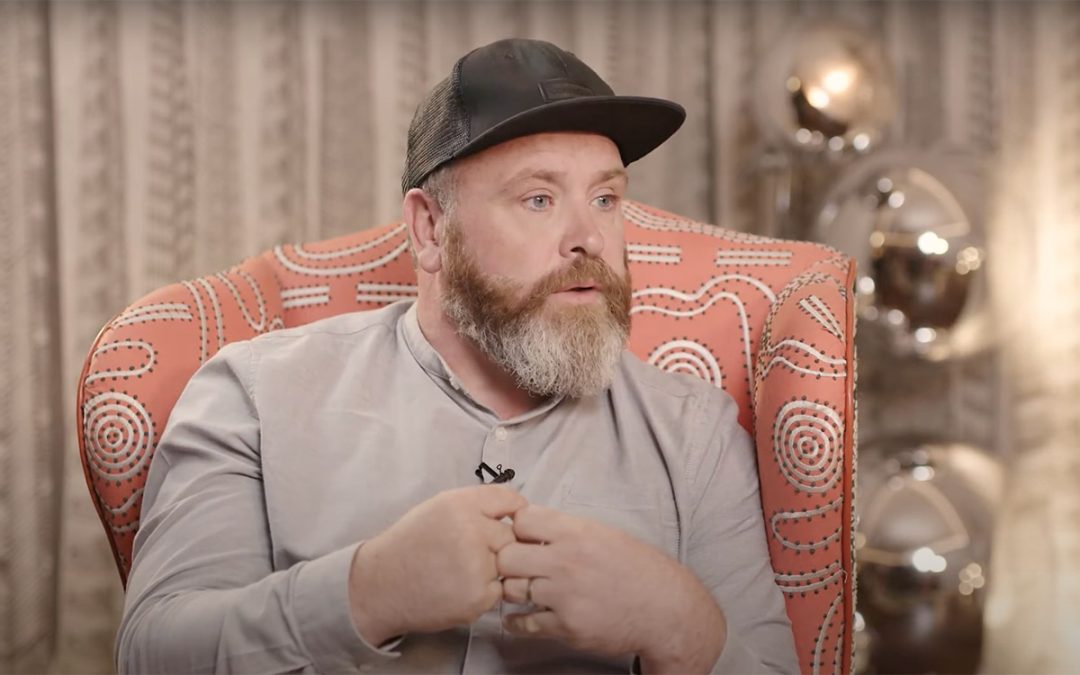
Back in 2019, salon owner, Colin McAndrew, hit the couch with Creative HEAD’s Amanda Nottage, to talk about inspiring creatives, progressing ideas and a ceaseless drive to push his team forward.
A Creative HEAD video project in partnership with Wella Professionals
With a major show planned in Berlin with celebrated BIPOC (Black, Indigenous, and People of Colour) vocal group A Song For You, Allilon is focused on styling texture with confidence and heart.
Their bond was born out of a love for colour, here’s how the relationship between Adam Reed and Sarah Black flourished on the salon floor
From early mentors to his obsession with paying it forward, it’s all about the team.
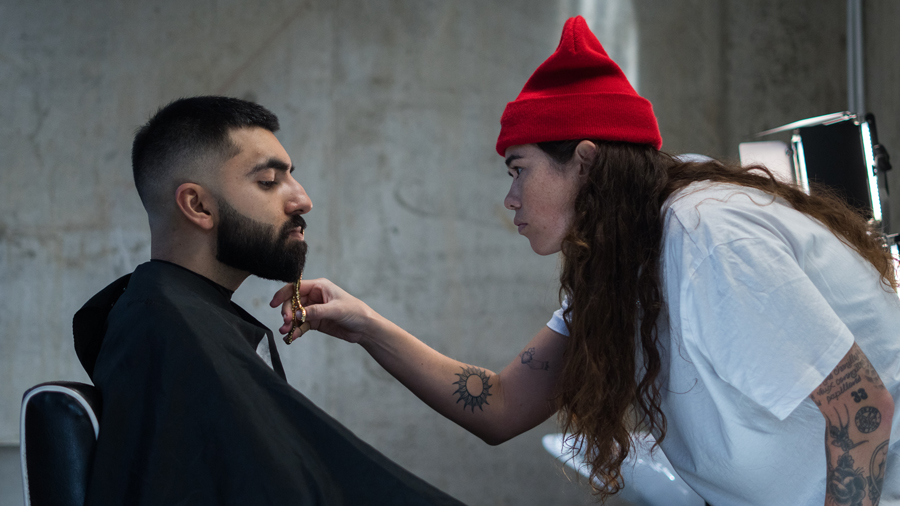

It seemed a stretch when Hayden saw an email in her inbox in January last year from the Dior beauty team (she thought it was spam and ignored it). They chased her on Instagram, keen to discuss working together. The fashion and beauty giant had been impressed by what they had seen of the Dublin born, London-based barber across social media, working across editorial, education, with musicians and behind the chair with a laser focus on fusing
barbering with fashion.
Let’s not forget, she won The It Girl at the 2020 It List awards, such was her impression on the judges. She was also one of the stars of The Industry’s Not Just A Hairdresser campaign in 2022, showcasing perfectly the thrilling and creative possibilities of a career in hair beyond the expected. It’s been clear that Hayden Cassidy was always going to stand out…
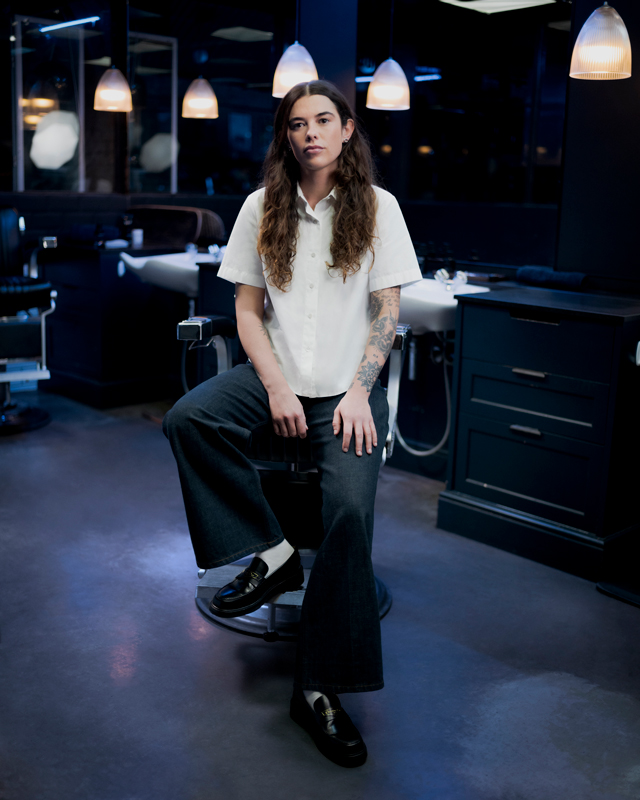
Hayden has deemed the partnership as “a dream come true”, and her expertise for Dior has seen her featured already in high profile pieces in the Financial Times, Wonderland and the ES Magazine.
“Where do men get a lot of their grooming tips from? They don’t go into shops, and they don’t search on articles or magazines, they look to their trusted barber,” says Hayden. “For so long, barbers haven’t really been given those opportunities when it comes to fashion and editorial work. As a luxury brand, it’s been incredible for Dior to recognise the barber as someone that has that information, and given that title. What’s really exciting is that it’s a new role for both myself and Dior. They’re really open to working side by side, more of a collaboration.” That’s already meant trips to Paris, including a tour of the Dior archives and gallery (“a ‘pinch me’ moment!”)
“A few years ago, everybody tried to drop the barber term. But there’s something about history and heritage in the barbering culture that I fell in love with, the classic shaves. I’ll be the first to admit that I’ve always said I hated going into a salon, that never attracted me. Barbering has this ritual; it feels like a sacred practice.”
The Dior gig comes at a time of exciting change for Hayden. Having outgrown her Hackney studio unit, she’s recently set up a larger collaborative space in London Fields called Croí (pronounced ‘kree’, it’s Gaelic for ‘heart’), where clients can chill out, guest artists can work (Dublin colourist Sara Hurley has visited) and other creatives can host pop-ups (two of Hayden’s friends – a jeweller and a designer – have already done just that).
Hayden Cassidy
She’s still educating – this year has included Mexico and Italy – but she’s also learning how not to say yes to everything. “I’m open to every opportunity but my studio is fully booked three weeks in advance, and I’m a little bit on call with Dior. If Johnny Depp needs grooming for an event, I have to jump on a plane and be there! I do also need time to sit down and just enjoy my successes. I’m so hyper, I love doing a million things. But I’m in such a happy place when I’m behind the chair with my clients, in my own space, having a connection and that chat… and that’s something hopefully that I’ll have forever.”
The man who helped build the Headmasters empire is striking out once again.
Session stylist Halley Brisker lifts the lid on working with the Bridgerton star as its third series hits Netflix.
The success behind great creative colour lies in the consultation, but what are the common pitfalls many hairdressers get wrong?

Syd Hayes
Sam Burnett
Jody Taylor
Paula McCash

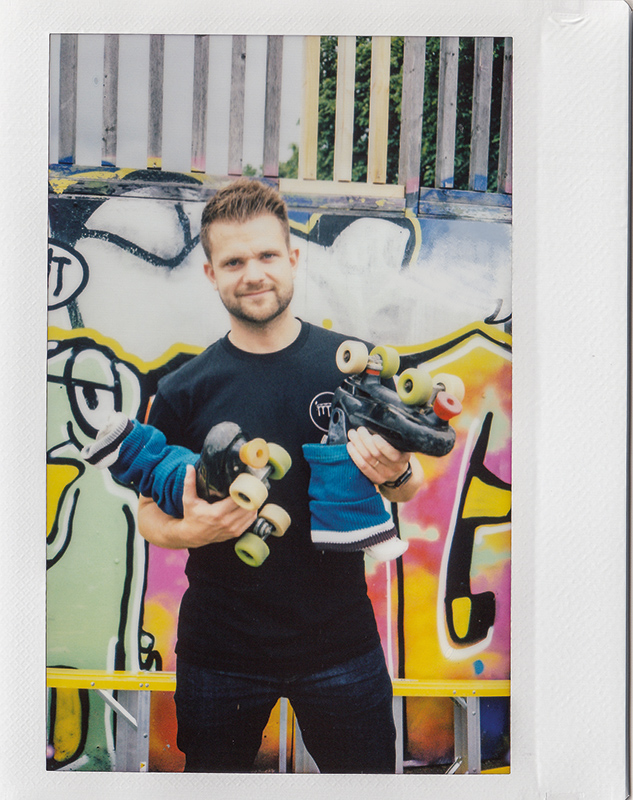
Arif Arikan
Georgia Freeman
Exaucè Imbo
Annabel Payne
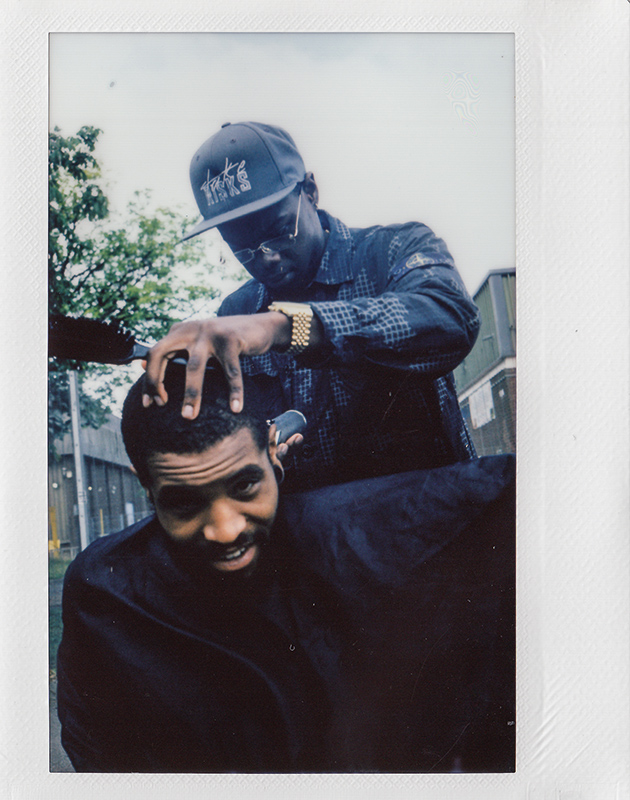
“I like having clean cuts. Very precise, very detailed, very unique”
– Exaucè Imbo
“I love the idea of doing sessions styling, I think it gives you a chance to take something back to your clients in the salon”
– Annabel Payne
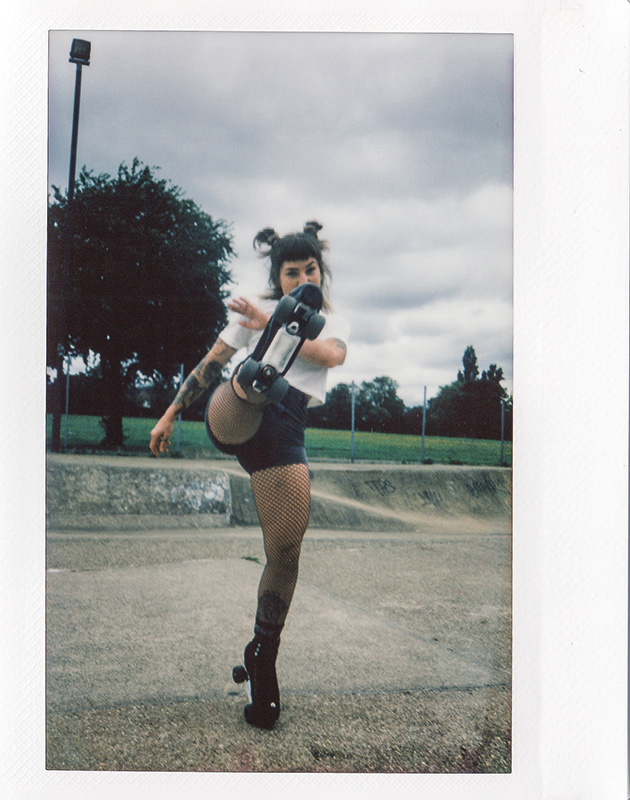
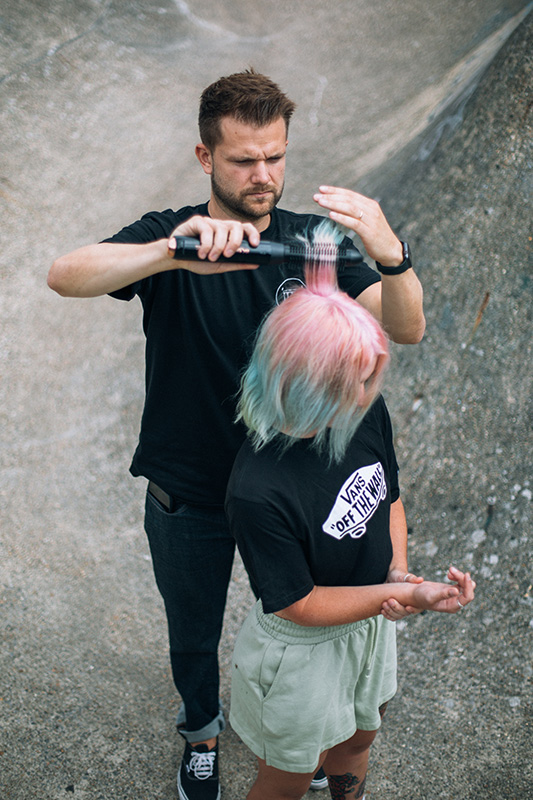
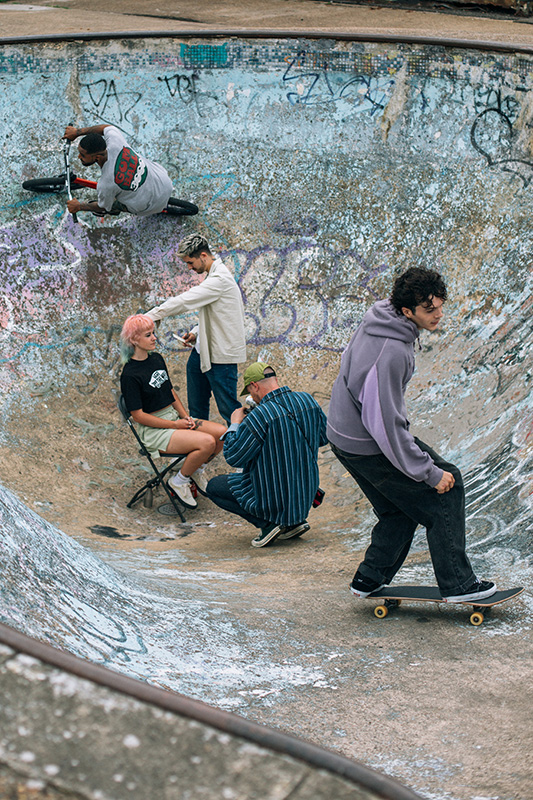

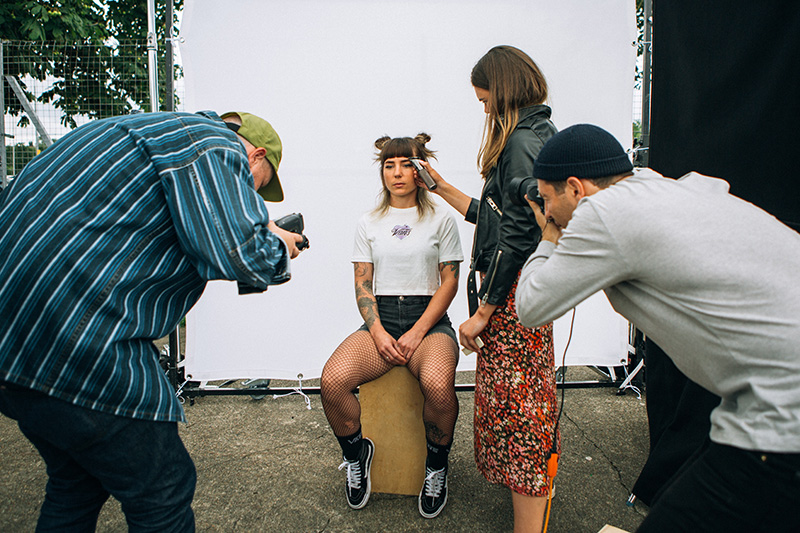
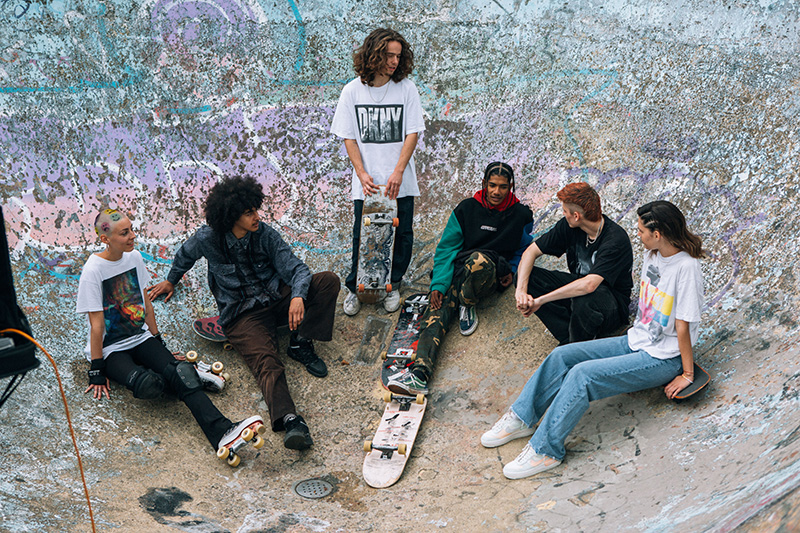
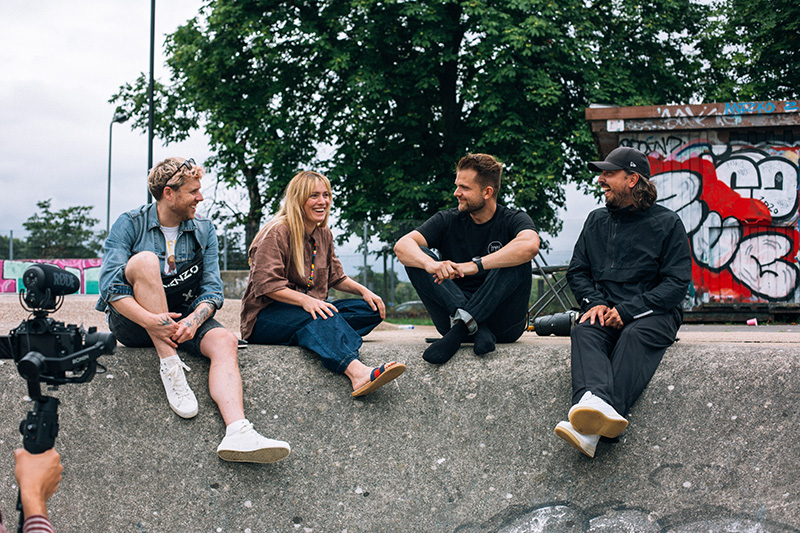
“I wanted to do hairdressing from a really young age, it was always a passion, I was always running around with a comb and a brush”
– Arif Arikan
“Normally I like creating a very natural textured look, but that’s what I’ve loved about today, it’s really pushed me out of my comfort zone”
– Georgia Freeman
CREDITS: A Creative HEAD shoot in partnership with BaByliss PRO
Hair: Sam Burnett, Paula McCash, Jody Taylor, Arif Arikan, Georgia Freeman, Exaucè Imbo, Annabel Payne (with Ellie’s cut and colour by Ernie Mažonatie at Hare & Bone). Led by Syd Hayes
Make-up: Elin Jones, Manabu Nobuoka
Models: Alex (@alex.rennick), Ali (@nazgotroach), Ash (@ashdouglasbmx), Ellie (@elliefelicityclarkson), Elly (@pirate.quinn), Karan (@karan_official1), Kurtis (@kurtis0connor), Robyn (@ robn_roll), Rocco(@roccobrivati) and Rose (@jensenroro), at Autumn Jensen Casting
Portraits and action photography: Jared Beck
Photography assistants: Pierre Lequeux, Morgan Shaw
Behind the scenes and Polaroid photography: Harvey Williams-Fairley
Digital technician: Brian Clever
Production: The Creative Partnerships division at Creative HEAD
Shot on location at Harrow skatepark
Siobhan Jones shares her freehand balayage technique for the perfect pairing of softness with high coverage.
Learn how splicing achieves customizable colour and sets new trends in the industry.
Industry tastemakers Trevor Sorbie and Giuseppe Stelitano reflect on each other’s greatest work.